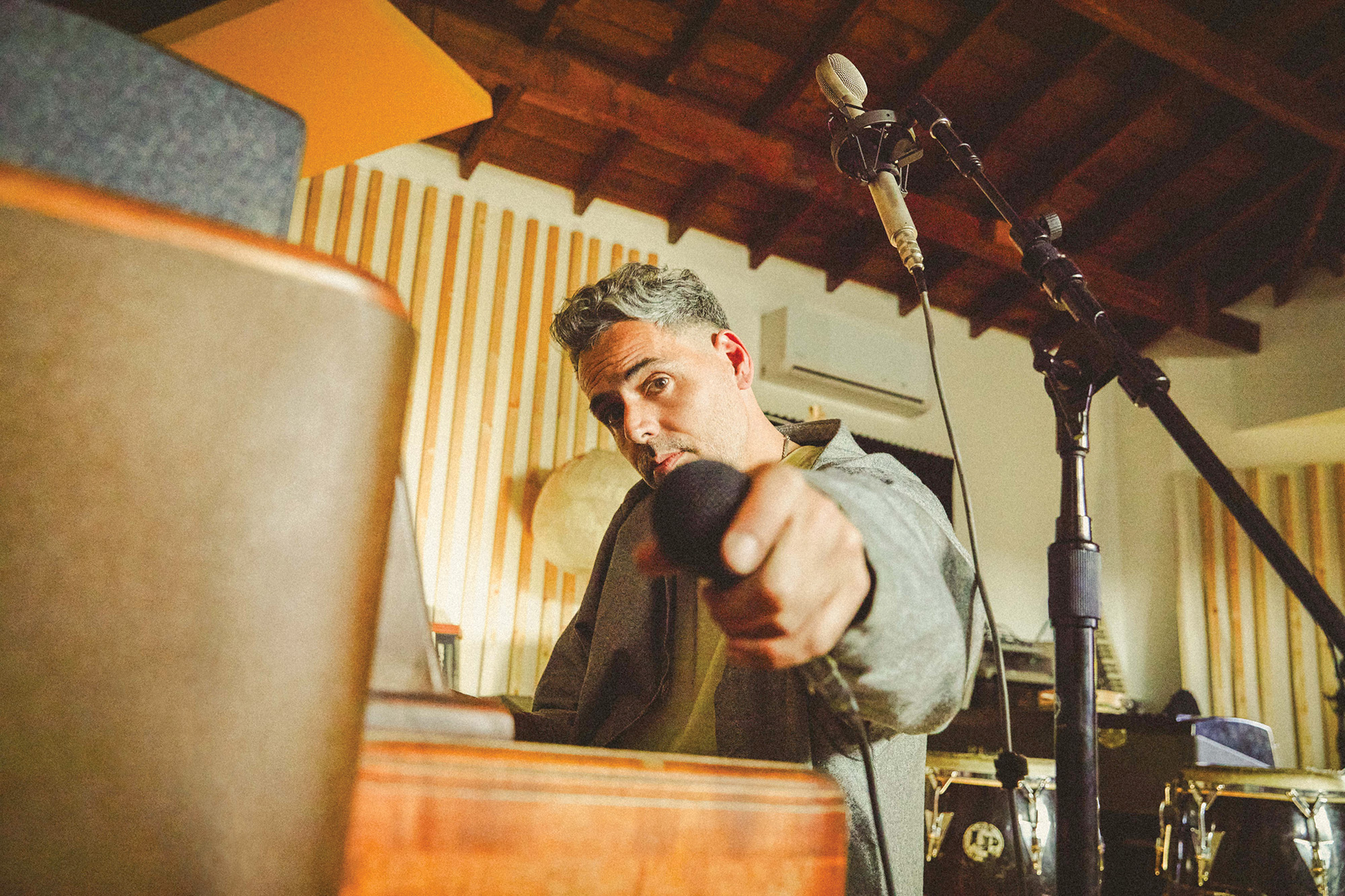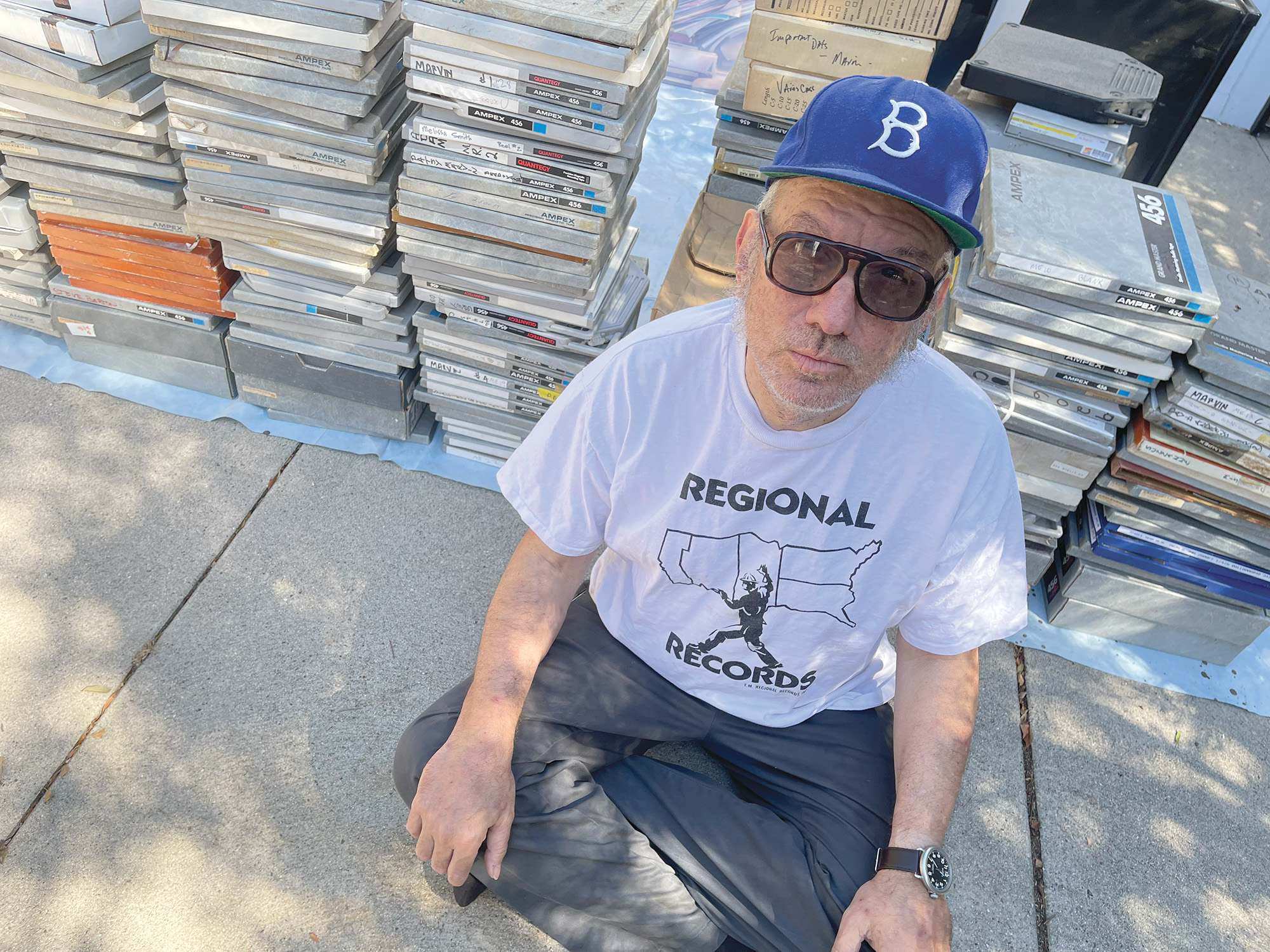Sometimes recordists (and musicians, more broadly) have to ship a piece of gear — either to the manufacturer for repairs, or to the retailer as a return or exchange. Just as recording is more than just "pointing a mic and hitting 'record'," safe and adequate packing does require some knowledge of principles and technique: "two layers of bubble wrap + a box" is **not** enough.
Not only is damage by UPS (and other carriers) preventable... if the carrier finds your item to be "inadequately packed", they may deny your damage (insurance) claim.
What follows is a series of principles and requirements for safe packing, and then some instructions that apply those principles.
OVERVIEW
Although it's fun to blame UPS (and other carriers) for treating your package in a casual manner, the reality is that most of the package handling is automated (e.g. conveyor belts) and/or done hurriedly: this is freight, not a courier service. Sometimes, packages get dropped, fall off conveyor belts, and/or have other (heavier, larger) boxes fall on top of them. Thus, your packed item needs to be able to survive a waist-high drop onto concrete.
Sometimes other people's packages have wet, leaky stuff. Sometimes it rains. You need to protect your contents against spills.
You need a least two inches of padding between your item and the outside world. Padding needs to absorb impacts, rather than transmit the shock: tightly-packed newspaper fails this function. Bubble wrap works **once** against direct impact, but fairly well against ongoing, low-scale impact. Peanuts (Styrofoam or those new corn starch ones) and foam wrap work well on an ongoing basis.
Your item needs to be secured from movement within your package. It should not shift around, as this can lead to scuffing damage; it can also cause it to touch the outside walls of your box, where it can potentially receive an impact. (Note: To impress the people at the Pack 'n' Ship place, call it a "carton", not a "box".)
Prevent sharp portions (e.g. toggle switches; "ears" of rack units) from poking through the padding. The shipping container needs to be sufficiently strong. Boxes with corrugations (the wavy layer) are generally sufficient, except with very heavy item. Double-corrugated boxes (e.g. most bulk-boxes of wet-wipes — talk to someone with a little kid!) are even better. Shoe boxes and cereal boxes are insufficient.
The original packaging (e.g. with the Styrofoam inserts) is often insufficient: it was designed to keep it safe in the warehouse, the display floor, and the back seat of the car — all other travel was in a shipping container or plastic-wrapped bundle on a pallet. However, the original packaging **is** a good starting point.
MATERIALS
Wide-tipped black permanent marker OR brown 2" wide packing tape Clear 2" wide packing tape Filament packing tape (OPTIONAL) A box about 6" taller, wider, and deeper than your un-wrapped item to be shipped A box 4" taller, wider, and deeper than the first box (OPTIONAL)
Sturdy plastic bag (larger than your item) OR a roll of stretch wrap and some plastic shopping bags Box knife (OPTIONAL) Large scissors Ball point pen (OPTIONAL)
Straightedge, yardstick, drafting square, etc. (OPTIONAL) Bubble wrap (with the large, 1"-ish bubbles) OR foam wrap (1/4" thick) Scraps of cardboard Packing pellets (Styrofoam, corn starch, etc.) Styrofoam planks OR paperboard "honeycomb" sheets (OPTIONAL)
HOW TO
Wrap the item (or the item in the retail sales box — i.e. how it sits on the retail shelf) in a plastic bag, to prevent damage from spills. This also prevents damage from scuffing. Stretch wrap also works, providing it isn't wrapped so tightly that it damages the item; if you use stretch wrap, first cover your item with clean, dry plastic shopping bags to prevent damage to (transfer of) the labels and lettering on the item.
If the item has sharp or protruding edges, wrap cardboard over these. Then lightly tap any sharp points caused by the folded-over cardboard (I usually use the side of a metal tape measure, or side of a metal box-cutting knife). If you don't address the pointy bits, they will tear through the bubble or foam wrap (see below). (Note: If you're using stretch wrap, first use the plastic shopping bags, held loosely in place with a band or two of tape; then the cardboard; and then the stretch wrap.)
Wrap (not tightly) this bundle in two layers of bubble wrap or foam wrap. Use the bubble wrap with the large (about 1" diameter) bubbles, not the little ones; the foam wrap should be the thick stuff (about a quarter-inch), not the thin stuff.
If the bundle is relatively heavy, but with a thin profile (e.g. a 1U rack unit), wrap a strip of cardboard around the bundle's perimeter, to increase its profile. (Imagine a Star Wars Tie Fighter spinning on its vertical axis...) This will help prevent it burrowing through the packing peanuts during transit, which may then cause it to touch the walls of the carton (dangerous!).
Put this bundle into a box with at least two inches of padding (some sort of squishy packing pellets) on all sides of the unit. Styrofoam packing pellets have more resiliency than the newfangled (but environmental!) corn starch ones: note that if they've already been manufactured, the Styrofoam ones only kill the environment if they're thrown away. By infinitely re-using them, you're actually doing a good deed.
If the box is overly tall, you can make the box shorter by creating new, lower box flaps as follows: "score" the new fold points with a ball point pen (ideally, guided by a yardstick or straightedge); then cut upwards from these new fold points to the gaps between the existing flaps.
To verify the box has been sufficiently filled with packing pellets, drop the box a few inches onto your work surface (floor, tabletop, or counter/workbench), to settle the contents. Add more pellets, and repeat until when you close the flaps and press on the center of the top of the box, it does not appreciably sink. However, avoid having the box so full of pellets that the flaps are mounded.
A good source for corrugated boxes of various sizes (and usually with the flaps still on them) is your local multinational fast-food chain. Depending on your pride, your connections, and the local legalities, you can dumpster-dive the recycling bin, walk up to the counter during a non-peak time, or just ask a friend who works there. Try to get a box without oil and food stains, however.
If the item you're shipping is reasonably light, robust, and of low to moderate value, then it's probably adequately packed at this point. "Light", "robust", and "low to moderate value" is subjective, of course — but most effect pedals and dynamic mics would be fine; whereas something with a heavy transformer, or lots of glass (tubes?) needs some extra love.
For some additional padding — again, depending on the value and fragility of the item — you will "float" your box inside another box. Again, you should have two inches of padding on all sides (although an inch will do in a pinch — especially if, on that side of the box, there's an excess of room (i.e. more than two inches) between the item and the walls of the box). The internal box provides additional structural protection against crushing, as well as provides a large surface area to further insure that your item doesn't burrow its way to touching the walls of the box — where it would then be vulnerable to outside impact.
If you want to be really, truly hard-core, get some honeycombed walls of paper (sorry, I don't recall the name: I've been out of the industry for a while) or some 1" or 1-1/2" sheets of Styrofoam sheeting, and line the exterior box with these. These will minimize puncture damage the box's contents, as well as provide extra rigidity (and thus, additional help against crushing).
Before sealing the final box, place a piece of typing paper inside the box, near the top of the contents, with the sender's contact information. This is a "worst-case" safeguard: if all of the outside labels are torn off or become illegible, the shipping company (hopefully!) will open the carton to see if they can identify the sender.
If you are using a previously-used carton, be sure to scribble out all previous addresses with a wide- tipped black permanent marker, and/or brown (opaque) 2" wide packing tape.
Tape the box using 1-1/2" or 2" wide packing tape. (**Not** duct or gaffer's tape, and not electrician's tape: these all come off too easily. "Scotch" tape [cellophane tape] and masking tape aren't strong enough.) Assuming the box is cube-ish (i.e. with the flaps on the top and bottom), tape it like the letter "I" — once where the two flaps touch each other, and down slightly past the centerpoint of the side of the box; and once each where the edge of the flaps touch the side of the box (you don't have to go precisely to the very corner of the box; a short gap is o.k.). If you don't feel that you have enough overlap, then go ahead and place one more strip on one or both sides of those strips of tape.
If the box's contents are on the heavy side, run a band of tape all the way around the box, for all three dimensions (i.e. horizontally; vertically one way; vertically the other way). The tape with the little strings in it is preferred for this function, but your 2" packing tape will also work. Make sure that the end of each band of tape reaches all the way to the beginning of the band, as tape sticks to the top of tape more securely than it sticks to cardboard — especially if it gets damp.
Finally(!!!), whether you're using a separate address label, or just writing the address directly on the box, protect the addresses by covering them with clear packing tape. This is particularly important if you've used a printer that uses water-soluble ink, as it may smear if exposed to damp conditions.
CONCLUSION
I acknowledge that these are a lot of steps. For a $30 guitar effects pedal, this may be overkill. For a $5,000 reverb unit, it isn't.
A final thought: If you buy gear off of eBay (CraigsList, etc.), send the seller a copy of this: I once bought a guitar effects pedal, and the seller sent it to me in the display box: not only did this decrease the collectability of the pedal (the box was thrashed), but the pedal itself was damaged (thin cardboard; no internal padding).
- Gye Greene (Brisbane, AU — but formerly Seattle)





